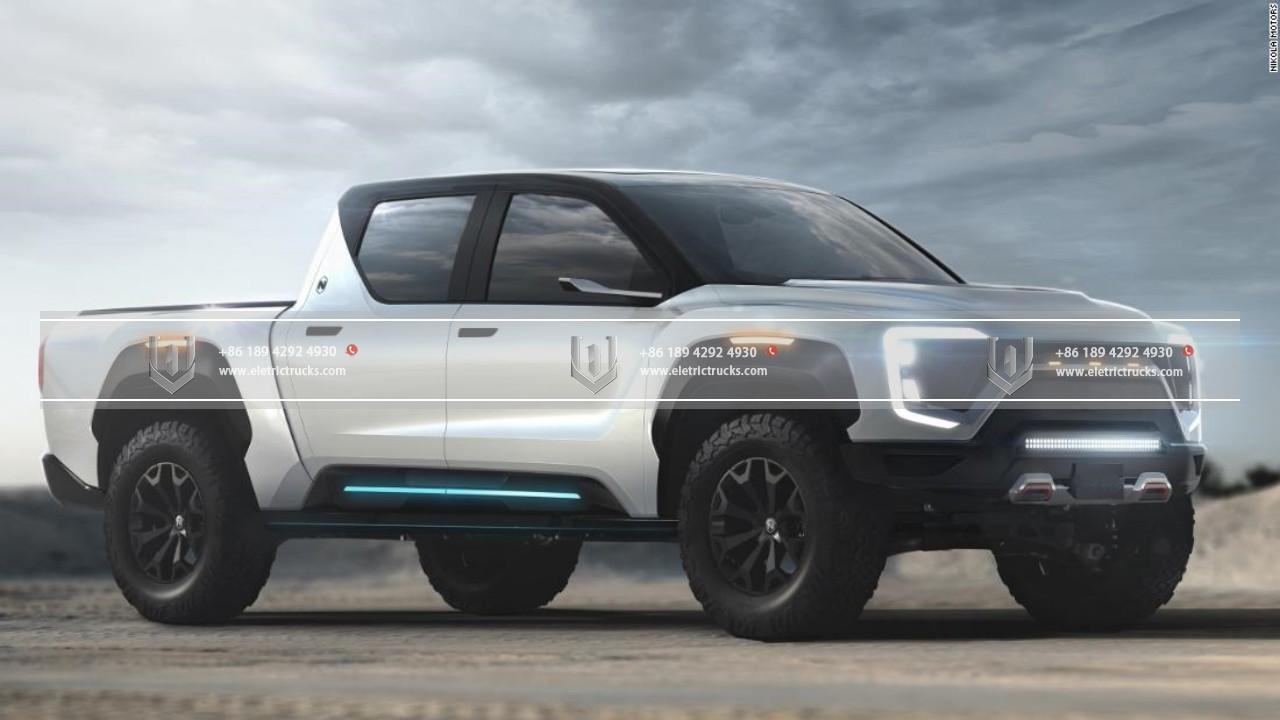Te matauranga hiko
Te hurihanga o te huarahi: Te pikinga o nga taraka hiko
The automotive industry is undergoing a transformative shift, with the rise of Nga waka hiko (EFS) at the forefront of this revolution. While electric cars have been making waves in the market, another segment is quickly gaining momentum and promising to revolutionize transportation as we know it—the taraka hiko.
I nga tau tata nei, there has been a growing recognition of the environmental impact of tuku taraka-tuku-manas. These vehicles contribute significantly to greenhouse gas emissions, Te aukati hau, and noise pollution. Taraka hikos, I tetahi atu taha, offer a sustainable and efficient solution to these problems. They run on electricity, producing Te whakakore i nga tahua, reducing carbon footprints, me improving air quality I nga taone nui.
One of the key advantages of taraka hikos ko ratou Te hoa taiao. With governments and organizations worldwide pushing for stricter emission regulations, taraka hikos provide an opportunity for companies to meet sustainability targets. These vehicles can play a crucial role in reducing carbon dioxide emissions me combating climate change. Na roto i te whakawhiti mai i te diesel ki taraka hikos, companies can make significant strides toward a greener and more sustainable future.
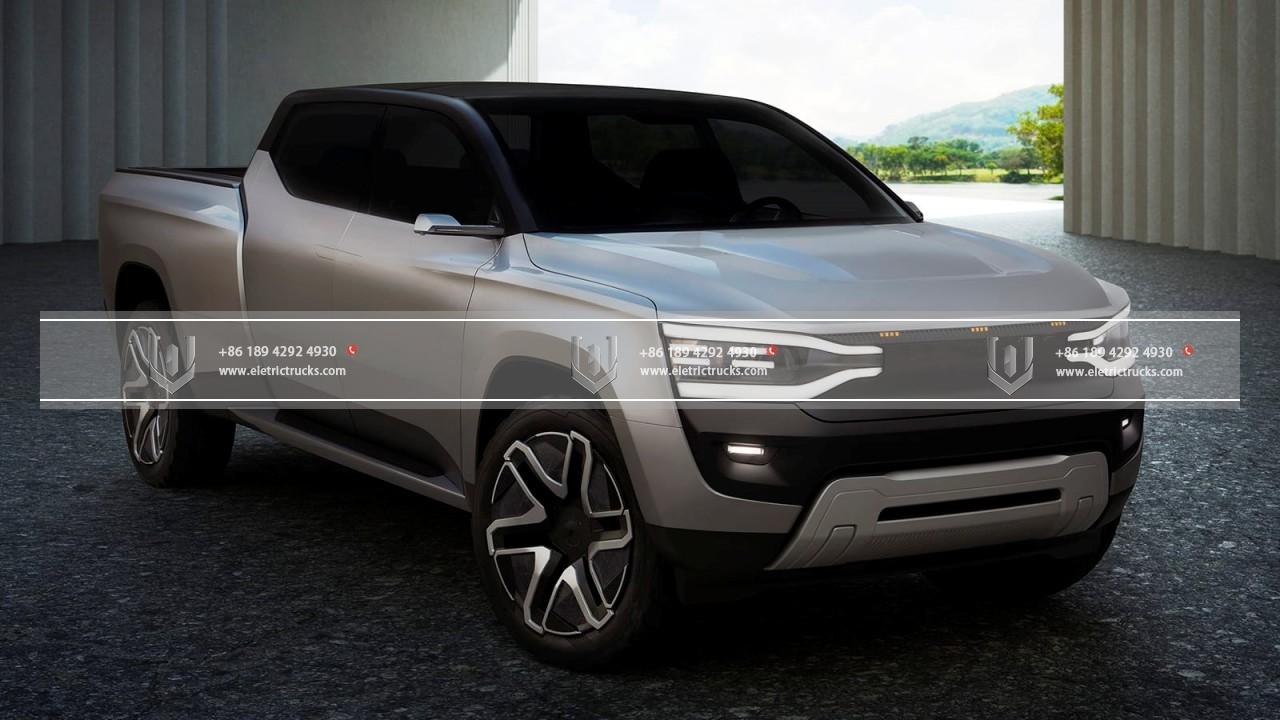
Tīmata, taraka hikos offer numerous operational benefits. One of the main advantages is lower operating costs. Electric powertrains he iti ake nga waahanga neke, ka puta mai reduced maintenance me repair expenses whakaritea ki traditional combustion engines. Tāpiritanga, electricity is generally cheaper than diesel fuel, translating into lower fuel costs for fleet operators. Over time, these Nga penapena utu can be substantial and contribute to improved profitability for businesses.
The rise of taraka hikos has also been driven by Te ahunga whakamua i roto i te hangarau hiko. The development of high-capacity and fast-charging batteries has significantly improved the range and charging times of taraka hikos. O mua, range anxiety was a common concern for commercial truck operators, but with the latest advancements, taraka hikos can now cover longer distances on a single charge. Anō hoki atu, the availability of a robust charging infrastructure, including fast-charging stations along major transportation routes, is further boosting the adoption of taraka hikos.
Leading automotive manufacturers are recognizing the potential of taraka hikos and are investing heavily in their development. Ka rite nga kamupene Tesla, Ruki, me Nikola are at the forefront of this revolution, introducing innovative electric truck models designed for various applications. These vehicles are not only efficient and sustainable but also offer impressive performance me towing capabilities. Te Tesla Semi, hei tauira, boasts a range of up to 500 miles on a single charge and can accelerate from 0 ki 60 mph in just 20 seconds when carrying a full load.
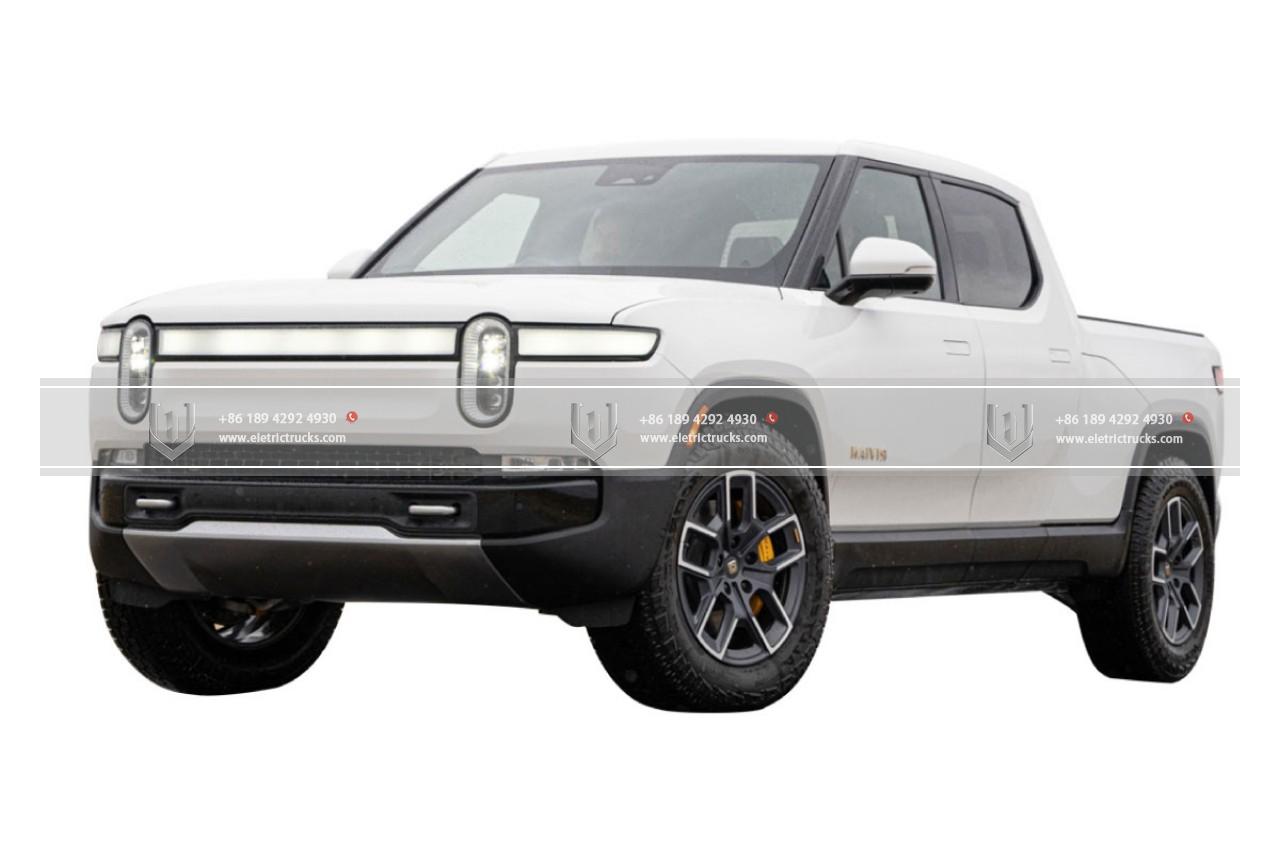
Te whakatinanatanga o taraka hikos ka haere i tua atu Te painga taiaoTuhinga o mua operational efficiency. Taraka hikos also have the potential to improve working conditions for taraiwa tarakas. The quiet operation of taraka hikos reduces noise pollution, making long-haul journeys more comfortable and less fatiguing for drivers. Tāpiritanga, taraka hikos offer smoother acceleration and instant torque, enhancing the overall driving experience and reducing driver fatigue. These factors contribute to increased driver satisfaction and improved road safety.
Hoianō, there are still challenges to overcome for the widespread adoption of taraka hikos. One significant hurdle is the need for a He hanganga totoro whanui. While progress has been made in developing charging networks, it is crucial to ensure that charging stations are conveniently located and capable of handling the high power demands of commercial trucks. Governments and private sector entities need to collaborate to invest in and expand charging infrastructure to support the growing fleet of electric trucks.
Ko tetahi atu wero kei roto i te taumaha me te rahi o nga pākahiko. Electric truck batteries are bulky and heavy, limiting the payload capacity compared to taraka tuku ihos. Advancements in battery technology, such as solid-state batteries, could address this issue by providing higher energy density and reducing the size and weight of the battery packs. Continued research and development in this area will be crucial for overcoming these limitations.
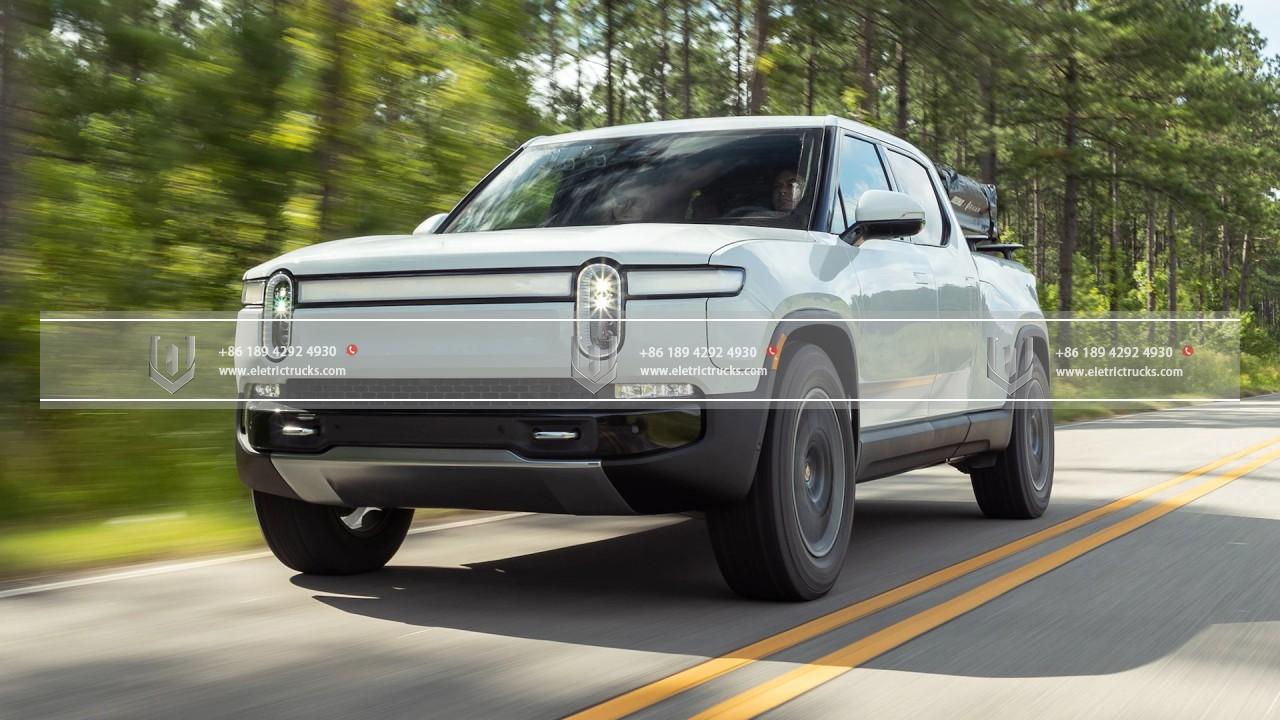
Pēnei taraka hikos continue to gain traction, their impact extends beyond the transportation sector. The electrification of commercial fleets has the potential to drive innovation and create new business opportunities. It opens avenues for collaboration between automakers, energy providers, and technology companies to develop integrated solutions for charging infrastructure, energy management, and fleet optimization.
Anō hoki atu, Tuhinga o mua taraka hikos aligns with the growing demand for sustainable supply chains. Consumers are increasingly conscious of the Te Paanga Taiao of the products they purchase, and companies are responding by incorporating sustainability into their business strategies. Taraka hikos offer a means to reduce the carbon footprint associated with the transportation of goods, enabling companies to meet their sustainability goals and gain a competitive edge in the market.
Another important aspect of the rise of taraka hikos is the impact on public health. Taraka tarakas are a major source of air pollution, Ina koa i nga waahanga taone nui e nohoia ana. The emissions from these vehicles contribute to respiratory problems, cardiovascular diseases, and other health issues. Na roto i te whakawhiti ki taraka hikos, cities can significantly improve air quality, creating healthier living environments for their residents.
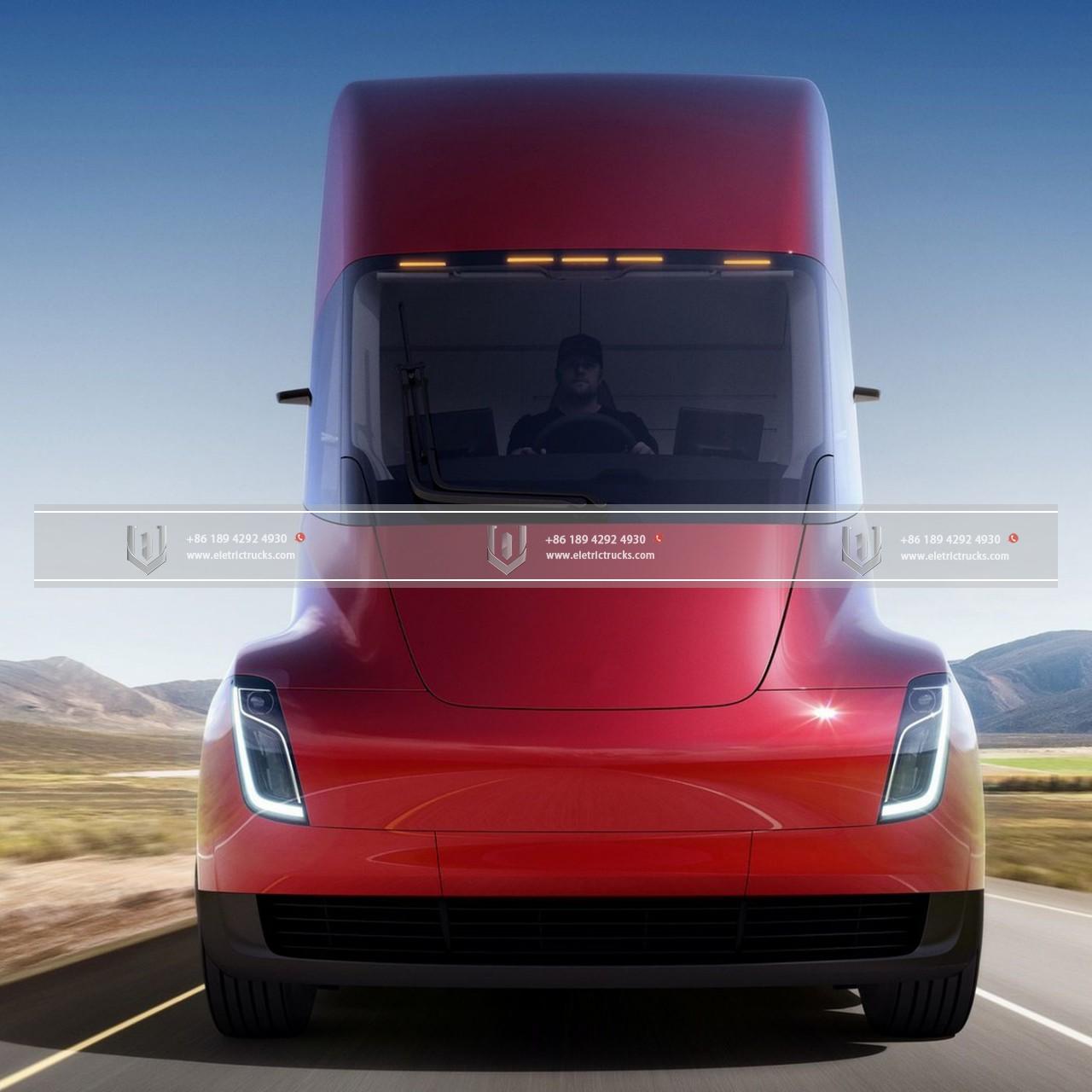
Tuhinga o mua taraka hikos extend to the global effort to combat Huringa huarere. The transportation sector is a significant contributor to greenhouse gas emissions, me reducing emissions from trucks is crucial for achieving climate targets. Taraka hikos, combined with renewable energy sources, offer a pathway to decarbonize the transportation sector me reduce reliance on fossil fuels.
Hoianō, for the widespread adoption of taraka hikos, supportive policies and incentives are essential. Governments around the world can play a vital role in accelerating the transition by implementing measures such as tax incentives, Nga Karaati, and subsidies for the purchase of taraka hikos and the development of charging infrastructure. Tāpiritanga, regulations mandating emission standards and gradually phasing out taraka tarakas can further drive the market towards electric alternatives.
Education and awareness campaigns are also necessary to dispel myths and misconceptions surrounding taraka hikos. Many fleet operators may still have concerns about the range, Te Whakahauma Whakahaumaru, and initial investment costs. Providing accurate information, sharing success stories, and highlighting the long-term benefits can help alleviate these concerns and encourage more businesses to embrace taraka hikos.
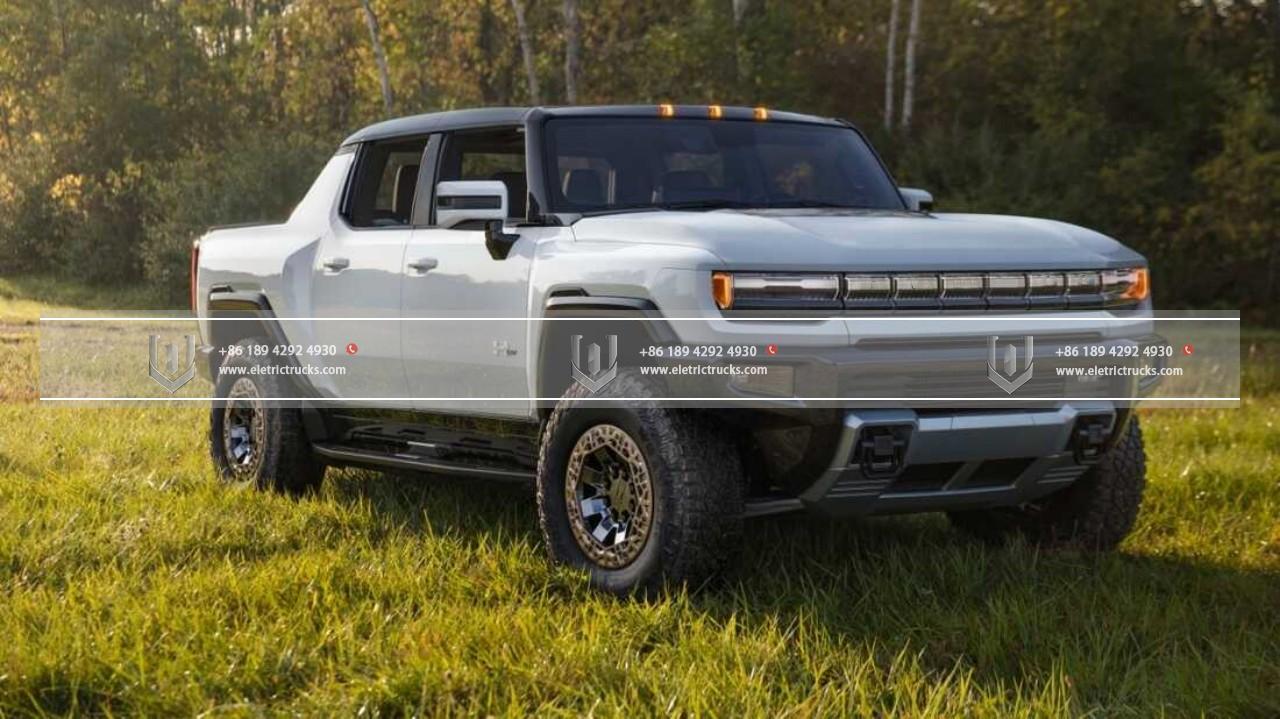
Hei mutunga, the rise of taraka hikos represents a paradigm shift in the transportation industry. These vehicles offer a sustainable and efficient alternative to taraka disel tuku ihos, with environmental, economic, and societal benefits. Ma te ahunga whakamua i roto i te hangarau hiko, Te Whakahauma Whakahaumaru, and supportive policies, taraka hikos are poised to revolutionize the way goods are transported, creating a cleaner and more sustainable future. As we embark on this transformative journey, stakeholders across sectors must collaborate, innovate, and embrace the opportunities presented by taraka hikos. Together, we can revolutionize the road and drive towards a greener and more prosperous tomorrow.
